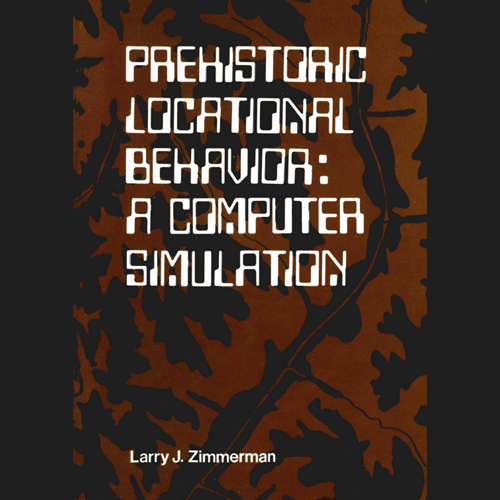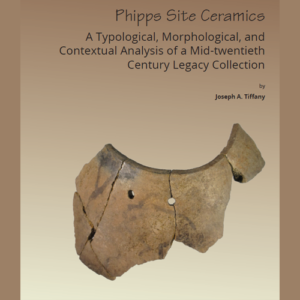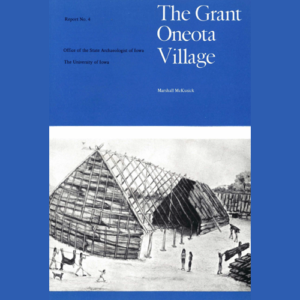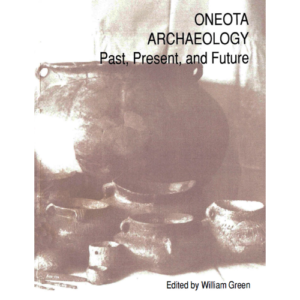This purchase includes one hardcopy book (shipping fees apply) and access to a digital PDF download.
Author: Larry J. Zimmerman
1977, 175 pp.
Zimmerman introduces the techniques of computer simulation to the consideration of how precontact villagers made locational decisions and what impact these decisions had on settlement patterns. Using the Glenwood locality of the Nebraska culture of southwestern Iowa as an example, the author discusses modeling goals, analysis, synthesis, verification, and validation procedures used in deriving inferences concerning the prehistoric settlement pattern of the Glenwood locality ca. A.D. 900-1300. Zimmerman’s work represents one of the pioneer efforts in the application of computer simulation studies in archaeology. Conclusions derived bear on the length of occupation, importance of climatic change, population size, and settlement density. The author concludes with a discussion of the strengths and weaknesses of the approach.
“Although Zimmerman deals with the specific problem of the determinants of site location in one area of the Great Plains, the model has broader applicability to the integration of cultural prescriptions and locational behaviors that are manifest in settlement patterns. . . . The study offers an intriguing exercise in the investigation of settlement systems.”
T. Douglas Price, Journal of the Iowa Archeological Society




